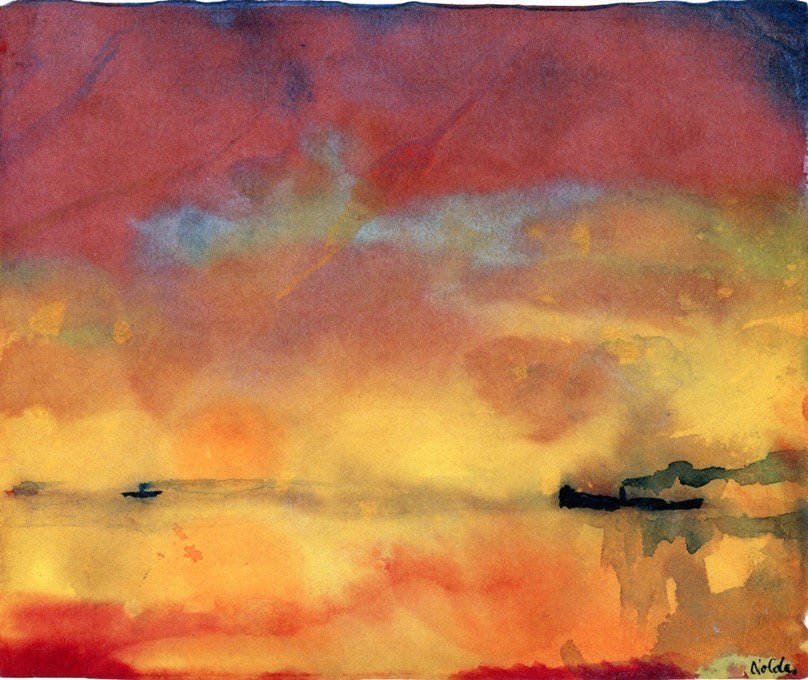
BLOG
BETWEEN PALETTE AND PROPAGANDA: Emil Nolde’s Troubled Dance With Nazi Germany
Nolde’s story warns that persecution alone does not equal resistance: an artist can be both victim and believer, oppressed by aesthetic policy yet thrilled by the ideology behind it. For museums and viewers, the question is not whether to hang his blazing reds and violets, but how—with letters, party documents, and wall texts that refuse the old romance of the misunderstood genius.
STONE WITNESS: Käthe Kollwitz’s Quiet Resistance under the Third Reich
When the Nazis seized power in January 1933, Käthe Kollwitz was sixty-five and, by common consent, the moral conscience of German art. Her dark lithographs of hunger, rebellion, and mourning hung in museums across the country; newspapers called her “the mother of the nation.” She might have retreated into safe respectability. Instead, four weeks after Hitler became chancellor, she put her name to a petition urging the Left to unite against him.
“PAINT ME AS YOU WOULD A SHADOW”: Felix Nussbaum’s Long Hide-and-Seek With the Third Reich
A decade earlier Nussbaum had been the bright hope of Osnabrück, the surgeon’s son who won the Rome Prize and sketched street scenes on the Via Appia. But late in 1933 Alfred Rosenberg, Hitler’s cultural commissar, strode through the German Academy in Rome to inspect its “racial hygiene.” Modernists and Jews were persona non grata; Felix was both. Overnight he and his Polish-born partner, the painter Felka Platek, fled Italy with two suitcases of clothes and a portfolio of half-dry oils.
A SUITCASE IN THE OLIVE GROVE:Charlotte Salomon’s Fierce Waltz With History
The story starts with a battered leather suitcase, the kind that creaks when you unlatch it. Inside are 769 sheets of cheap French drawing paper, layered like stage flats: gouache scenes, penciled dialogue, and musical notes scrawled in the margins. Together they form Leben? oder Theater?—Life? or Theatre?—the autobiographical epic Charlotte Salomon painted in hiding between 1940 and 1942.
MARGUERITE MATISSE: A Daughter's Courage in Occupied France
In dawn of the 20th century in France was marked by a vibrant and transformative artistic landscape, with the Impressionist movement having laid a fertile ground for the emergence of diverse modern art expressions.1 At the heart of this era stood Claude Monet, a foundational figure of Impressionism, celebrated for his profound ability to capture the subtle nuances of light and his dedication to exploring singular subjects through extensive series of paintings. Among his most iconic works are those depicting water lilies, a subject with which his name became intrinsically linked in the public consciousness.





